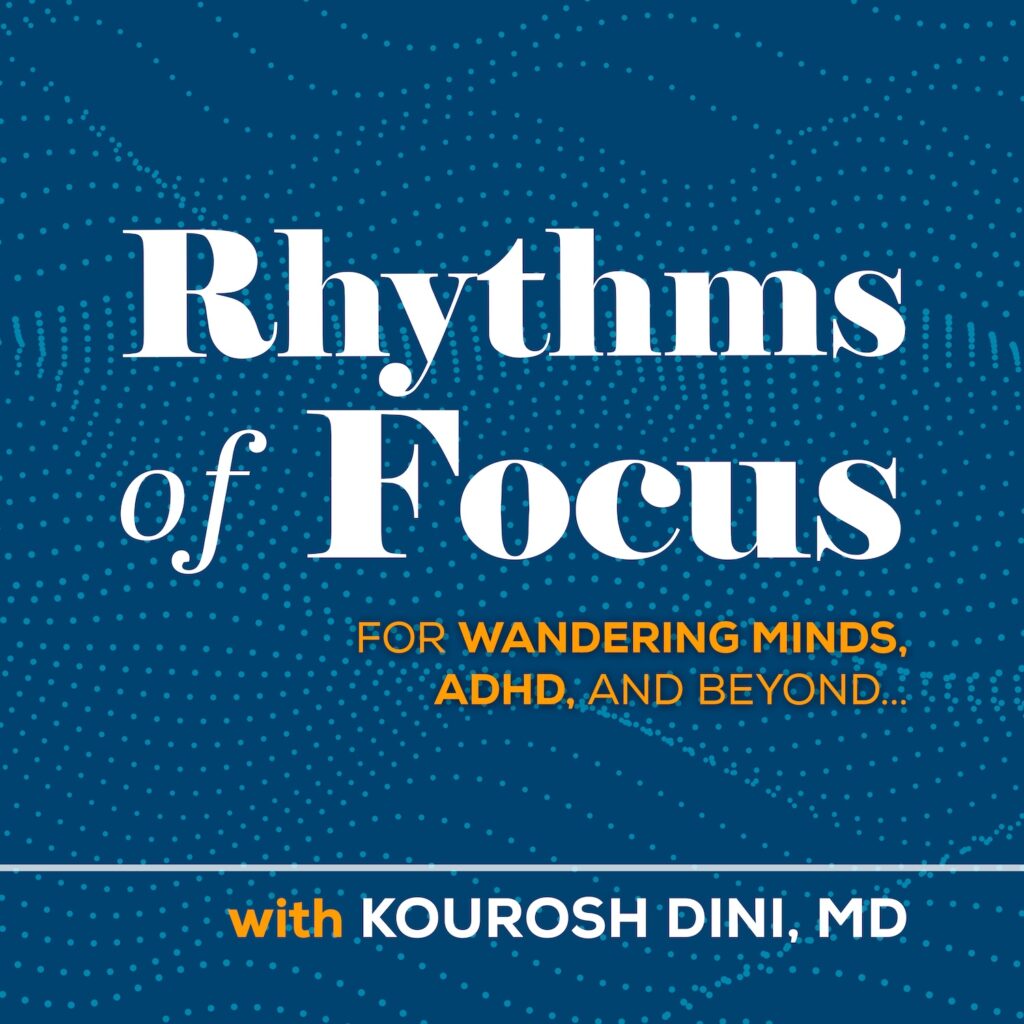A wandering mind can dive deep in one place while losing sight of the surrounding world. Other times, things can feel quite adrift.
Finding ways to focus while remaining on top of important matters could promise such relief.
Discussions of productivity, ADHD, neurodiversity, and the like all suggest some path forward. But regardless of name, two major approaches tend to appear:
- Open and experiential: Often based on the writer’s experience, “This is what works for me. I hope you can find something that works for you within it.”
- Strict and fundamental: Often based on research and a composite of ideas: “This is the best way to deal with your calendar, your distractions, and the like.”
Either path poses troubles. While there is wonderful benefit in an open exploration, connecting your experience risks leaving missing possibilities and a reinvention of the wheel. And while there are structures that can still be helpful, without interpretation and connection, they can feel far too rigid.
The same happens in any form of creativity. Rote memorization of a piece of music leaves us confused when we stumble. Meanwhile, scales and theory without the life behind presents only a desiccated husk, a headache transported in sound.
We need a bridge between fundamentals and experience.
When we know not only the fundamentals we are dealing with, but find the opportunity to play in them, we better recognize and even build structures that make sense to us. We can design our own exercises that might lead us towards our own unique goals, ideas, and visions.
A dance between two notes can readily become a phrase. A stuttering phrase can become a rhythm in itself. When we can play in the fundamentals, we create structuring experiences for ourselves.
Of course, creating such teaching playgrounds is no easy task, though that’s exactly what I’ve tried to do with the *Waves of Focus*:
At the foundations, we have:
- Our ability to decide in the moment, whether we feel scattered or steady
- Our world as it exists, the Now
- Our world as we feel it has been and will be, the Not Now
Building from here, we can
- Sketch our working memory, considering our desires and worries, to help us decide where we want our minds to be (The Anchor Technique)
- Create bounded moments with our work or play to allow our minds to wander within (The Visit-based approach and its supports)
- Consider how to guide and not force ourselves through time (The Honor Guide)
Each step explains not only the fundamental and technique, but the psychological reasons for their existence as they are. Examples and exercises then rest on these concepts with which you can use as is or adapt for your own experience, using whatever tools make most sense to you.
– Kourosh
PS When building, writing, or creating, consider asking as an exercise:
– What are the fundamentals to me?
– How can I play with them?
Whenever you’re ready, here are 5 ways I can help you:
By course:
– Find calm focus one step at a time (here)
– Guide the power of a wandering mind (here).
By book:
– Organize your digital life and have your ideas and files at your fingertips (here)
– Go beyond productivity to find mastery and meaningful work (here)
– Master OmniFocus, the power tool for task management (here) (for OmniFocus 3)







